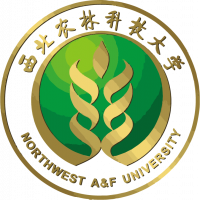分享到
Lipopolysaccharide Enhances Tanshinone Biosynthesis via a Ca2+-Dependent Manner in Salvia miltiorrhiza Hairy Roots
2020
期刊
International Journal of Molecular Sciences
作者
Bin Zhang
· Xueying Li
· Xiuhong Li
· Zhigang Lu
· Xiaona Cai
· Qing Ou Yang
· Pengda Ma
· Juane Dong
- 卷 21
- 期 24
- 页码 9576
- MDPI AG
- ISSN: 1422-0067
- DOI: 10.3390/ijms21249576



